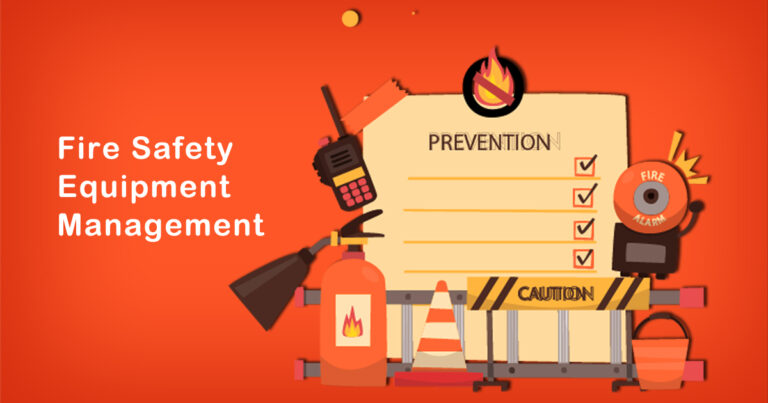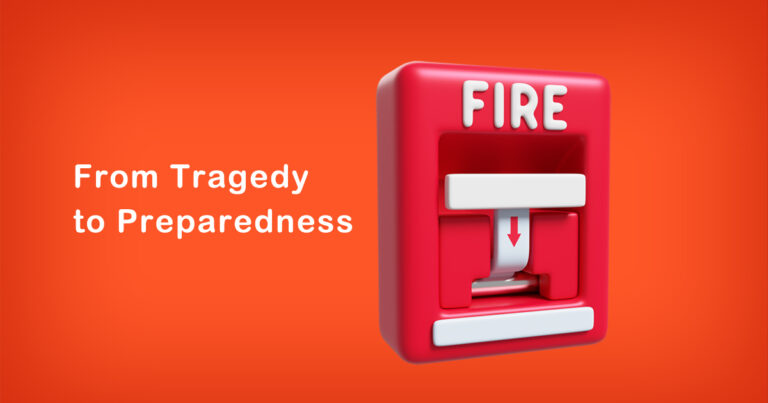Introduction:
Fire safety is an important aspect of ensuring the safety and security of a building, whether it’s a residential or commercial space. One of the most important tools in fire safety is the heat detector. Heat detectors are devices that can detect a change in temperature and alert individuals in the building of a potential fire hazard. In this article, we will discuss how to use heat detectors for fire safety in a step-by-step guide, with a focus on the Indian context.
Why Heat Detectors are Important:
Heat detectors are an essential tool for fire safety because they can detect changes in temperature and alert individuals of potential fire hazards. Heat detectors can detect a fire even before smoke is present, making them an important tool for early detection and prevention. Heat detectors can be used in a variety of settings, including residential and commercial buildings, and they can be used in conjunction with other fire safety tools such as smoke detectors and fire alarms.
Step-by-Step Guide to Using Heat Detectors for Fire Safety:
Step 1: Determine the Appropriate Type of Heat Detector
There are two main types of heat detectors: fixed temperature detectors and rate-of-rise detectors. Fixed temperature detectors activate when the temperature reaches a predetermined level, while rate-of-rise detectors activate when the temperature rises rapidly over a short period of time. It’s important to choose the appropriate type of heat detector based on the setting in which it will be used.
Step 2: Choose the Location for the Heat Detector
Heat detectors should be placed in areas where a fire is most likely to occur, such as near kitchens or in areas with electrical equipment. It’s also important to place heat detectors in areas where smoke detectors may not be effective, such as in dusty or humid environments.
Step 3: Install the Heat Detector
Once you’ve determined the appropriate type of heat detector and the location for the detector, it’s time to install the detector. Follow the manufacturer’s instructions for installation, and make sure that the detector is properly wired and connected to the building’s fire alarm system.
Step 4: Test the Heat Detector
After installation, it’s important to test the heat detector to ensure that it’s working properly. Follow the manufacturer’s instructions for testing, and make sure that the detector is properly calibrated and connected to the building’s fire alarm system.
Step 5: Regular Maintenance
Heat detectors should be regularly maintained to ensure that they are working properly. This includes cleaning the detector, testing it regularly, and replacing the detector if it is damaged or no longer working properly.
Facts and Research on Heat Detectors in India:
According to the National Crime Records Bureau (NCRB), there were 1.46 lakh fire incidents reported in India in 2019, resulting in 17,700 deaths. A majority of these fires were caused by electrical short circuits, and many could have been prevented with the use of heat detectors.
In India, the Bureau of Indian Standards (BIS) has established guidelines for the installation and maintenance of heat detectors. These guidelines include recommendations for the type of heat detector to be used based on the setting, as well as the location and maintenance of the detector.
Conclusion:
In conclusion, heat detectors are an essential tool for fire safety in residential and commercial buildings. By following the step-by-step guide outlined in this article, individuals can ensure that they are using heat detectors properly and effectively. With the increasing number of fire incidents in India, it’s important to take fire safety seriously and to use all available tools to prevent and detect fires.








